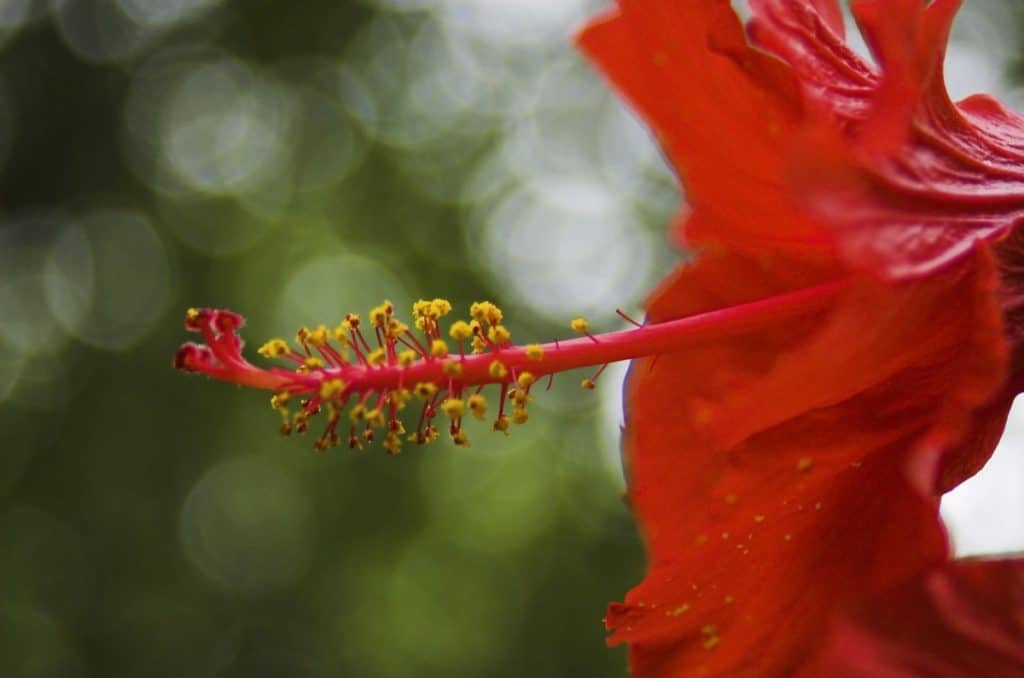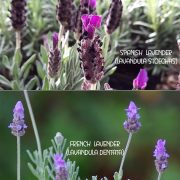
Emasculation may sound alienating and intricating for ordinary people because it is an academic and scientific connotation. But in general, it is a botanical process or technique that is simple and straightforward. So, what is emasculation in plants exactly?
Emasculation is a method of “artificial hybridization” where you remove the stamens (anthers) of a flower without removing the female reproductive organ. In bisexual flowers, emasculation is essential to prevent self-pollination. In monoecious plants, male flowers are removed.
This is a full guide on everything you need to know about emasculation!
Contents
What is Emasculation?
Emasculation is a term commonly used in botany and biology, which refers to the practice of intervening with a bisexual plant's pollination process. It is when the anthers-part (stamen) of the plant's male organ is removed to prevent self-pollination. With this, the female organ, called the stigma, must be left undamaged and will be subjected to cross-pollinating with another specimen with the desired characteristics.

Photo by: Mariana Ruiz
It is similar to castrating the testicles of a house cat to prevent it from reproducing. The only difference is that emasculating is performed to prevent the plant from reproducing itself.
Why do you need to emasculate?
Emasculation is commonly utilized by plant breeders to produce higher quality plant hybrids. It is by cross-pollinating two individual's specimens with two distinct desirable characteristics. Due to the cross-pollination, involving the pollen grains (the plant's counterpart for an animal's semen), and the egg cells that are both assumed to carry the needed qualities of the two individual samples, a superior variety is expected to be produced. This, hypothetically, would possess the aforementioned two distinct characteristics.
Create a superior plant! (that's the plan)
How To Emasculate Plants
Various methods are practiced to perform emasculation, which caters to the differences between the species in the botanical world.
Listed below are the common processes:
1. Hand Emasculation
Hand emasculation is commonly used in plants with large flowers that have anthers visible to the naked eye. It is arguably the most popular method used in botany. Usually done using the aid of forceps or tweezers, the anthers are picked off carefully from the flower by exposing it and cutting the filaments off. Remember that emasculation must be done before the anthers explode, or before it releases its pollen. It is also strongly suggested to be performed between 4 to 6 pm a day before the anthers burst.
For plants that produce grains like rice, it is cut open at the tip to expose the anthers. The rule of thumb is around one-third of the grain length that is to be cut. It is also called the clipping method.
In the video below you can see how to hand emasculation and pollination:
2. Hot Water Treatment
This method refers to the process where the plant's inflorescence is drenched with hot water. It is permanently damaging or destroying the pollen grains in the flower that is emasculated. It is due to the male reproductive cell's significant sensitivity compared to its female counterparts.
Every crop also requires different temperatures and duration values for the process to be successful. For example, rice requires to be immersed for ten minutes using water between 40 to 44 ⁰C.
3. Vacuum Emasculation
With this method, you take a small tube made up of glass or rubber, connected to a vacuum, and is utilized to suck away the anthers from the flowers. It is effective in species with small flowers.
Remember that the suction power must be monitored strictly to remove the anthers effectively, without damaging other parts. For rice, the empty grains are also clipped to expose the anthers before suctioning. This technique will give a quick process of emasculation because it can remove pollen between 3000 to 6000 florets in an hour.
4. Alcohol Method
This technique is the least utilized among the group. It is when the flowers are immersed in an alcohol concentration for a shorter time compared to the hot water method.
The alcohol process already adjusted to the use of gametocide nowadays. It is a method of chemical control wherein chemical hybridizing agents, like methyl arsenate and Ethrel, are used to destroy the male gametes.
5. Cold Water Treatment
This method works like hot water treatment but utilizes cold water as its main pollen-destroying agent, without damaging the female parts. However, this process is known to be inferior to its counterpart.
Emasculation is a method to prevent plants from self-pollination. If you want to have your backyards full of quality plants, you can try the several methods mentioned above. Remember that you have to follow the right process, so you can have the expected results as planned.
What Is Bagging?
With this method, you will be removing the male gametes in your preferred flower to prevent it from pollinating itself. However, usually, flowers emerge in numbers within a single plant, giving the emasculated flower plenty of sources to fertilize their eggs. To combat this, breeders usually bag the emasculated inflorescence to isolate it from the other flowers, preventing unintended self-pollination.
This technique also assures the breeder that no random cross-pollination would occur due to the transfer of pollen grains from nearby plants. Others consider deflowering the specimen, leaving only the emasculated plant.
What is Pollination?
When the desired male parent plant identified, its pollen grains are collected and transferred to the emasculated flower to crossbreed the two distinct origins. This step is usually performed in the morning as the plant undergoes an anthesis-the period of flowering, which starts when its flower buds open. The fertilized flower is usually re-bagged after this step.
The Importance Of Tagging
This step helps to keep track of your plant breeding program either on a small or large scale. Using a thread tied to the flower’s bag, information such as the dates of emasculation and pollination, and parent plants are normally written on the tags.
A simple yet fascinating process, emasculation allows us to manipulate and improve the plants in our environment, from the small hobbyist scale to the large commercial industry plant breeding. Emasculation proves to be an important methodology in botany.
Emasculation is a method to prevent plants from self-pollination. If you want to have your backyards full of quality plants, you can try the several methods mentioned above. Remember that you have to follow the right process, so you can have the expected results as planned.
If you liked this post, check out: How Do Non-Green Plants Make Food? (Fully explained)



Leave a Reply